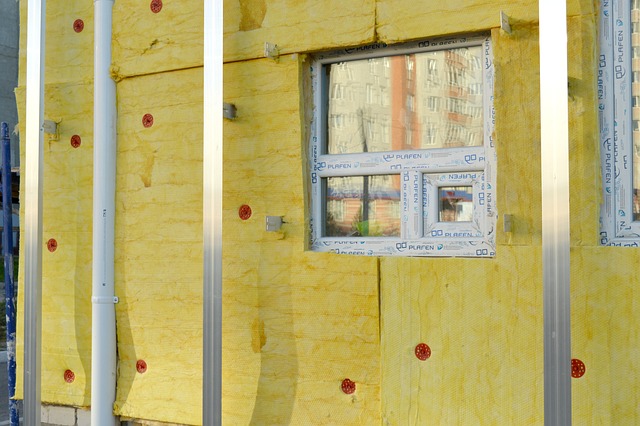Reimagining Operational Efficiency with Total Productive Maintenance
The landscape of industrial operations is continually evolving, and businesses must adapt to remain competitive. One method that has gained traction in recent years is Total Productive Maintenance (TPM). TPM is not a new concept; it originated in Japan in the 1970s as a way to improve equipment effectiveness and longevity. But its applications have expanded in recent years, and it's now seen as a holistic approach to operational efficiency.
The Evolution of Total Productive Maintenance
TPM was developed by Nippondenso, a supplier for Toyota, and was part of the broader Toyota Production System, which revolutionized manufacturing worldwide. The original goal of TPM was to eliminate equipment breakdowns and defects, but it has since grown to encompass all areas of operational productivity.
In the last decade, TPM has been adopted by businesses in various sectors, from manufacturing and logistics to healthcare and hospitality. This adoption is driven by the method’s proven ability to reduce downtime, improve product quality, and enhance operational efficiency.
The Core Principles of Total Productive Maintenance
At its heart, TPM is about creating a culture of continuous improvement and proactivity. It involves everyone in the organization, from management to frontline employees, and emphasizes the importance of teamwork and shared responsibility.
The eight pillars of TPM are:
-
Focused improvement
-
Autonomous maintenance
-
Planned maintenance
-
Quality management
-
Early equipment management
-
Training and education
-
Safety, health, and environment
-
TPM in administration
Each pillar contributes to the overall goal of maximizing equipment effectiveness and operational efficiency.
The Impact of Total Productive Maintenance
The benefits of implementing TPM are wide-ranging. It can lead to increased productivity, reduced waste, improved quality, and enhanced safety.
Furthermore, TPM fosters a positive work culture by empowering employees at all levels to contribute to operational improvement. This not only boosts morale but also leads to a more engaged and productive workforce.
However, implementing TPM is not without its challenges. It requires a significant cultural shift, and businesses must be prepared to invest time and resources into training, communication, and change management.
Practical Insights for Implementing Total Productive Maintenance
Implementing TPM in your business can be a game-changer, but it’s crucial to approach it strategically. Here are some practical tips:
-
Start with a pilot project: Implement TPM in a small area before rolling it out across the organization. This allows you to test the process, adjust as necessary, and demonstrate the benefits before a full-scale implementation.
-
Invest in training: Employees need to understand the principles of TPM and how they can contribute. Regular training is a must.
-
Foster a culture of continuous improvement: Create an environment where employees are encouraged to suggest improvements and rewarded for their efforts.
-
Regularly review progress: Regular reviews and audits are crucial to ensure the principles of TPM are being followed and the benefits are being realized.
In conclusion, Total Productive Maintenance is a powerful tool for businesses looking to boost operational efficiency. It’s not just about maintaining equipment—it’s about creating a culture of continuous improvement, shared responsibility, and mutual respect. By implementing TPM, businesses can reduce downtime, improve quality, and create a more productive and engaged workforce.





